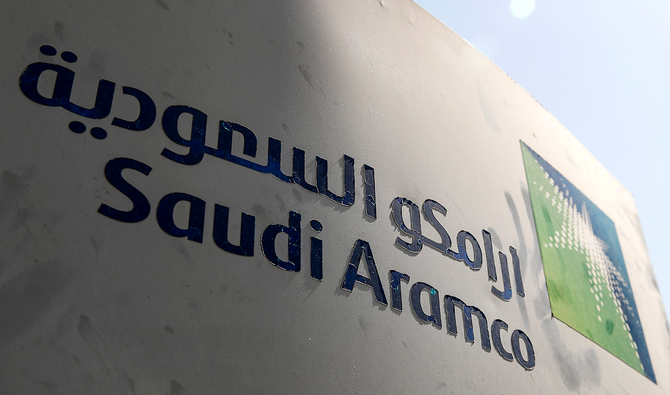
- ARAB NEWS
- 06 Jul 2025

Saudi Aramco released its second quarter earnings on Sunday and announced that it would hold its $75 billion dividend despite first half and second quarter net income having fallen by 50 percent and 73 percent respectively. This might have raised some eyebrows, but it made sense from a company perspective. It will pay out $18.75 billion for the second quarter in accordance with its schedule.
When the oil giant listed on Tadawul (the Saudi stock exchange) last December in what was the world’s largest initial public offering (IPO), it had promised that dividend to the market. Adhering to the dividend policy was important in terms of signaling to Saudi investors that the company was as good as its word.
Prima facie, the second quarter net income came in low at $6.6 billion, but Aramco still managed to generate a positive free cash flow of $6.1 billion, which is noteworthy. With this result, the company outperformed international oil companies (IOCs) by leaps and bounds, as most of them had recorded net losses in the second quarter.
The second quarter of 2020 may well go down in history books as the worst quarter ever for oil. April was particularly dire when demand plunged by close to 30 percent and the US benchmark West Texas Intermediate turned negative for a few hours.
The international benchmark Brent briefly went below $20 per barrel in those days. Massive production cuts by OPEC+ (an alliance of OPEC and its 10 non-OPEC allies led by Russia) brought back some sort of balance, and Brent now trades around $44, which is still more than 30 percent below January levels.
The company said capital expenditure (CAPEX) would come in at the lower end of $25-$30 billion, which is again nothing out of the ordinary compared to its peer group. IOCs drastically slashed CAPEX across the board.
The second quarter was the most impacted by the global lockdowns provoked by the outbreak of the coronavirus disease (COVID-19) pandemic. Asian demand is close to where it was before the COVID-19 crisis hit markets. Many of Aramco’s key markets are in Asia. The company has a positive outlook on demand, only seeing a contraction of around 10 percent for the full year.
Only the future will tell us where demand is at the end of the year. A lot will depend on how the virus evolves. In the meantime, demand for diesel (a lead indicator for economic activity) and jet fuel is still depressed.
One of the reasons Aramco can afford the dividend is that it has debt capacity. Gearing is at 20.1 percent, which is up from minus 4.9 percent in the previous quarter, which the company says reflects the completion of the acquisition of a 70 percent stake in SABIC (the Saudi multinational chemical manufacturing company and subsidiary of Saudi Aramco) from Saudi Arabia’s Public Investment Fund. While that is a huge jump in leverage, it still is very low by international standards, and it leaves the company with considerable debt capacity — another reason why Aramco can afford the dividend.
The company also said it still intended to purchase a stake in Reliance’s downstream operations worth $15 billion, which had been delayed. This is an important deal because together with SABIC, it will increase the company’s position as a major downstream player.
Saudi Aramco is still the sector’s most profitable company, with a very strong balance sheet and low production costs. It is also exceedingly well-managed. It is noteworthy that its share price, with SR33.10 ($8.8, mid-day CET), is above its IPO level.
It is management’s job to set priorities, and that of Aramco decided that the dividend was just such a priority. Aramco’s upbeat outlook was reflected in the oil price. Brent traded up at $44.85 mid-day Monday CET.
• Cornelia Meyer is a business consultant, macro-economist, and energy expert. Twitter: @MeyerResources